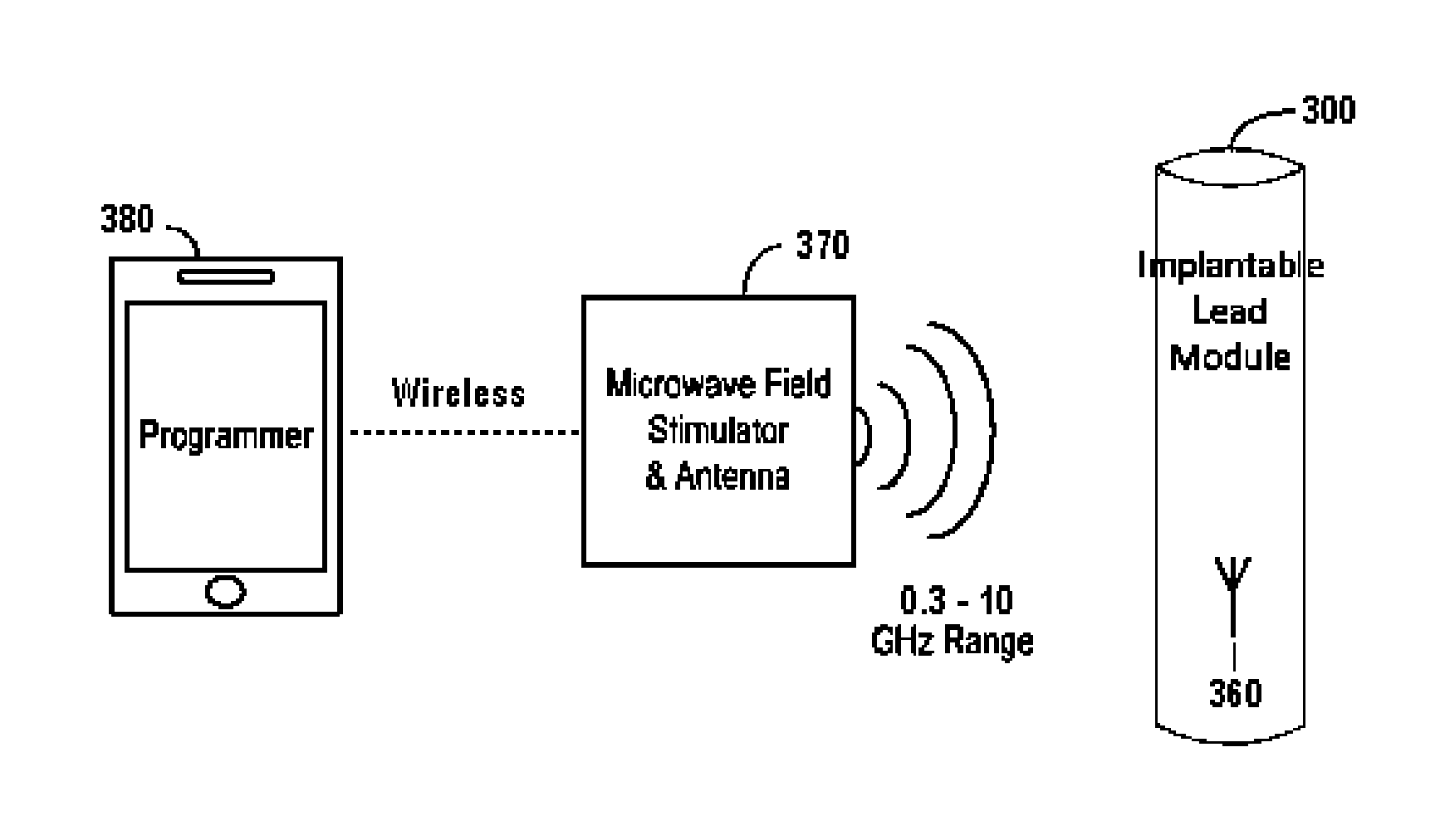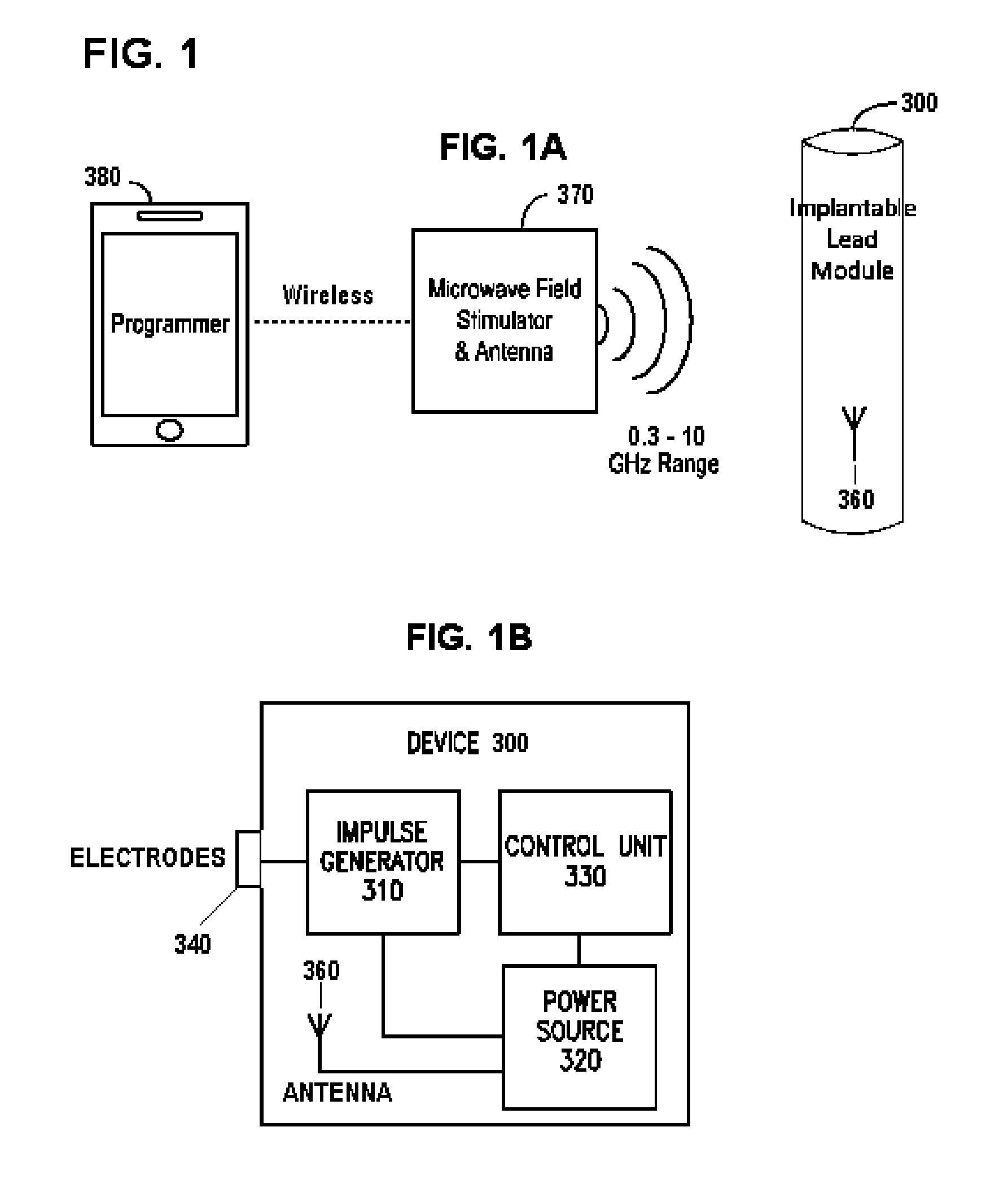Nerve stimulator system
a stimulator and energy technology, applied in the field of energy impulse delivery, can solve the problems of mechanical stress and the resulting chronic tissue response, energy source would also and energy source would likely have the disadvantage of having to be placed clos
- Summary
- Abstract
- Description
- Claims
- Application Information
AI Technical Summary
Benefits of technology
Problems solved by technology
Method used
Image
Examples
Embodiment Construction
[0057]In one or more embodiments of the present invention, electrical energy is applied in a patient to a target region within or around the carotid sheath (also called the carotid neurovascular bundle) to treat a patient's ailment. The invention is particularly useful for applying electrical impulses that ultimately interact with the signals of a vagus nerve, which lies within the carotid sheath, to achieve a therapeutic result. The nerve stimulation may result in benefits to the patient such as: relaxation of the smooth muscle of the bronchia, increase in blood pressure associated with orthostatic hypotension, reduction in blood pressure, treatment of epilepsy, treating ileus conditions, depression, anaphylaxis, obesity, a neurodegenerative disorder such as Alzheimer's disease, migraine and other types of headache, rhinitis, sinusitis, asthma, atrial fibrillation, autism, gastroparesis and other functional gastrointestinal disorders, and / or any other ailment that may be affected b...
PUM
 Login to View More
Login to View More Abstract
Description
Claims
Application Information
 Login to View More
Login to View More - R&D
- Intellectual Property
- Life Sciences
- Materials
- Tech Scout
- Unparalleled Data Quality
- Higher Quality Content
- 60% Fewer Hallucinations
Browse by: Latest US Patents, China's latest patents, Technical Efficacy Thesaurus, Application Domain, Technology Topic, Popular Technical Reports.
© 2025 PatSnap. All rights reserved.Legal|Privacy policy|Modern Slavery Act Transparency Statement|Sitemap|About US| Contact US: help@patsnap.com



